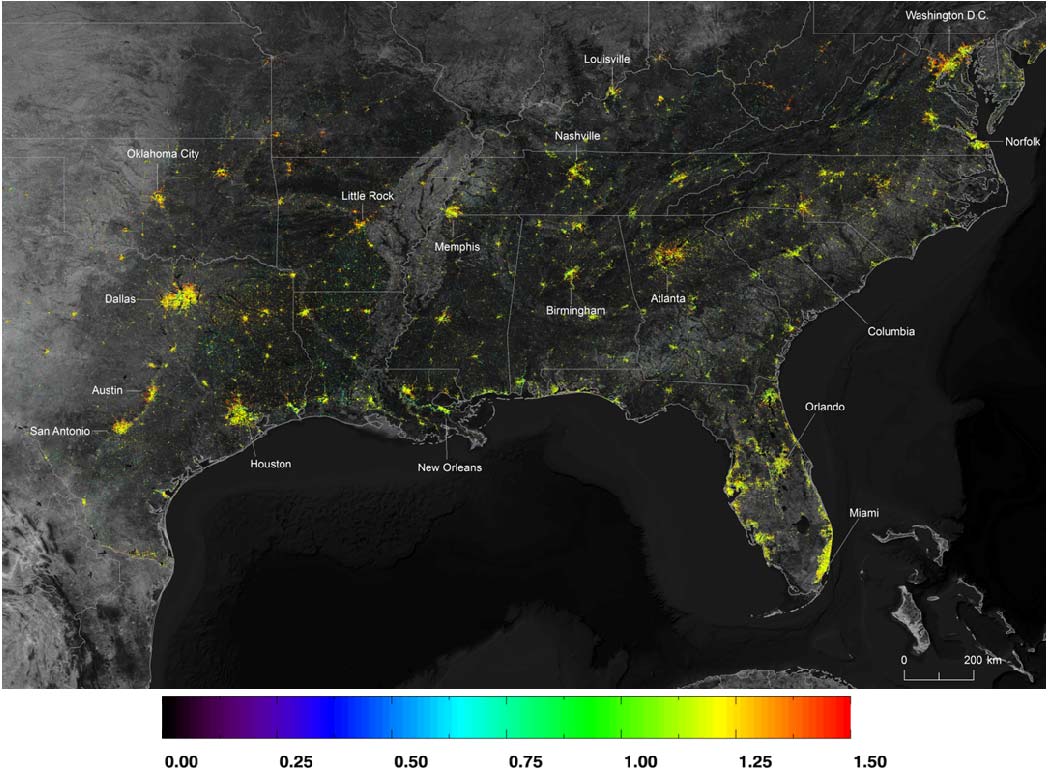 |
| Carbon emissions from various global regions during the period 1800–2000 AD (Photo credit: Wikipedia) |
Do US GHG Emissions Commitments Pass Ethical Scrutiny? (Ethics and Climate, Jun. 16, 2015)
Now that the Pope’s encyclical has made ethics a major consideration for addressing climate change, the question is asked what level of reduction of carbon emissions is fair and ethical in order to keep the earth’s atmosphere below the accepted 2 degrees of warming? As 5% of the world’s population, the USA’s share of the required 270 gigatons carbon reduction would be 13.5 Gtc compared to the current emission rate of 1.44 Gtc/year and this, in turn, would point to a 95% reduction by 2050, not the 80% pledged by the USA in 2014. And this does not include the ethical issues of responsibility for the fate of developing countries which did not play a significant role by their carbon emissions in getting to the state of the world we are now in. Other developed countries with high emission rates need to consider their fair share as well, in the days and months leading up to the agreement on emission rates expected at the UN’s climate conference in Paris in December 2015.
Key Quotes:
“On November 11, 2014…The United States pledged to cut its emissions to 26-28% below 2005 levels by 2025 while retaining a prior pledge to reduce US ghg emissions by 80% below 2005 by 2050”
“there is a strong consensus among nations that unless nations reduce their ghg emissions to levels that represent each nation’s fair share of safe global emissions, there is little hope of preventing catastrophic warming“
“On current trends, we'll blow the global carbon budget and lock in more than 2C of global warming in 17 ½ years”
“the United States has also acknowledged the commitment was based upon what is achievable under existing US law rather than what may be required of the United States by ethics, justice, and basic fairness “
“the Intergovernmental Panel on Climate Change [in 2007] …concluded that developed nations needed to reduce ghg emissions by 25% to 40% below 1990 emissions levels by 2020 and 80% to 95% by 2050 for the world to have any reasonable chance of limiting warming to 2°C”
“If the total carbon budget to give the world a 66% chance of keeping warming below 2°C is 270 gigatons carbon (GtC), then because the US population is 5 % of world population, a case can be made that the United States carbon budget must be below 13.5 GtC ..Because the US is currently emitting 1.44.GtC per year, the US will have zero emissions to allocate to itself in 9.4 years at current emissions rates”
“it is virtually certain that the US commitments can not be construed to be a fair allocation of the remaining carbon budget that is available for the entire world to limit warming to 2°C “











































